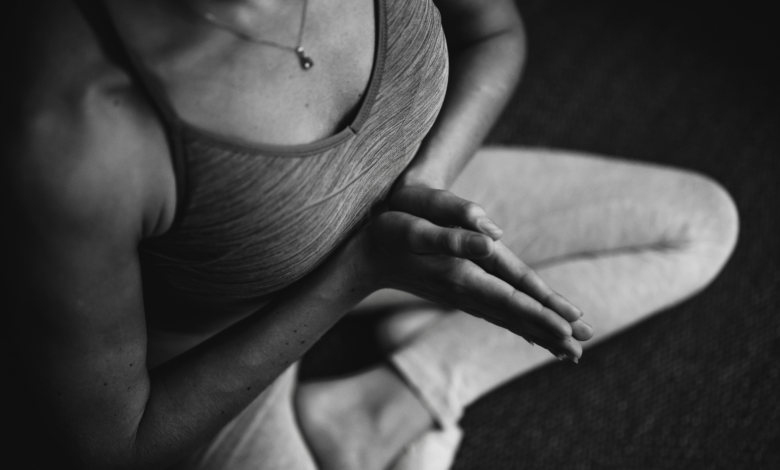learn to sit back and observe. not everything need – tymoff

Life moves fast. We often feel the pressure to react immediately, to jump into action at the first sign of a challenge or opportunity. But what if instead of rushing in, we paused and observed? The world around us is filled with stories waiting to be uncovered, lessons yearning to be learned. When we learn to sit back and observe, we unlock a powerful tool that allows us to see beyond the surface. This blog post explores why not everything needs our immediate attention and how taking a moment can lead us toward deeper understanding and better outcomes. Join me on this journey as we embrace observation as a way of life—because sometimes, less really is more.
Understanding the Power of Observation
Observation is an art often overlooked in our fast-paced world. We rush through life, driven by tasks and deadlines. Yet, pausing to observe can be transformative.
When we take a moment to really see what’s around us, insights emerge. Subtle behaviors, body language, and environmental cues begin to tell stories.
Our surroundings hold lessons waiting to be discovered. By simply watching, we open ourselves up to new perspectives that might otherwise go unnoticed.
This practice cultivates mindfulness. It encourages us to become more present in each moment. As we learn to sit back and observe, not everything needs immediate action or judgment.
Instead of reacting instinctively, we gain clarity about situations and people. This newfound awareness allows for deeper connections and informed decisions without the pressure of urgency hovering over us.
The Benefits of Observing
Observing can open doors to new perspectives. When you take the time to watch, rather than react, you gain insights that often go unnoticed in the hustle and bustle of daily life.
It enhances your understanding of people. By watching body language and facial expressions, you become attuned to emotions and intentions. This awareness fosters empathy and strengthens relationships.
Observation also sharpens your critical thinking skills. As you witness patterns or behaviors over time, it becomes easier to analyze situations effectively without jumping to conclusions.
The art of observation encourages mindfulness. It allows you to appreciate small details—like a shift in tone during a conversation or changes in your surroundings—that contribute significantly to experiences.
In essence, observing helps create clarity amid chaos. You’ll find that by simply sitting back and absorbing what’s happening around you, life reveals its intricate layers more vividly than ever before.
How to Practice Observation
Practicing observation starts with slowing down. Give yourself permission to pause and take in your surroundings.
Focus on the details—sounds, colors, movements. What do you notice that you usually overlook? This can be as simple as watching people interact at a café or listening intently to nature’s sounds during a walk.
Try journaling about what you’ve observed. Write down specifics: the expressions of those around you, the mood in the air, or even scents that tickle your nose. These notes sharpen your ability to observe more deeply over time.
Engage all five senses when possible. Taste something new while contemplating its texture and flavor profile; let these sensations enhance your observational skills.
Set aside distractions like phones and screens for short periods daily. Embrace silence—it opens up space for deeper observation and reflection on what unfolds before you.
Examples of Situations Where Observation is Key
In the workplace, observing team dynamics can reveal unspoken tensions or collaboration patterns. A quiet moment in a meeting might spark insights about group behavior that words can’t convey.
During negotiations, taking a step back allows you to notice body language and emotional cues. These subtle signals often provide more context than discussions alone.
In nature, simply watching wildlife can deepen your appreciation for ecosystems. The way animals interact presents lessons on survival and coexistence.
Parenting also benefits from keen observation. Watching how children navigate social situations gives valuable insight into their development and emotional needs.
Even in everyday life, people-watching at a café can inspire creativity. Observing strangers’ interactions often sparks ideas for stories or art projects that resonate deeply with human experiences.
The Importance of Taking a Step Back and Letting Things Unfold
Taking a step back can feel counterintuitive in a world that often demands immediate action. Yet, there’s immense value in allowing situations to unfold naturally.
When you pause, you create space for clarity. This distance lets you see patterns and nuances that are often obscured by urgency. It’s like stepping away from the canvas to appreciate the full picture rather than getting lost in brush strokes.
Letting things develop also fosters patience. Trusting the process encourages growth not just for yourself but for those around you too. Each moment has its rhythm; forcing it can disrupt harmony.
Moreover, this approach cultivates mindfulness. You become more attuned to your surroundings and less reactive to distractions or conflicts. By observing instead of jumping into action, insights emerge organically, guiding your next steps with wisdom rather than impulse.
Learning to Trust the Process
Trusting the process is about letting go of control. It’s easy to get caught up in wanting immediate results. However, growth often takes time.
When we allow ourselves to be present, we create space for unexpected outcomes. These can lead to better opportunities than we initially envisioned.
Patience plays a crucial role here. Each step along the way teaches us valuable lessons that shape our journey.
Sometimes, the best action is no action at all. By stepping back and observing, you gain insights that may have been missed in haste.
Remember, trust isn’t blind faith; it’s an active choice to remain engaged while allowing things to unfold naturally. Embrace uncertainty as part of your experience—it can open new doors you never knew existed.
Conclusion
Learning to sit back and observe can transform your perspective. It allows you to engage with the world in a more meaningful way. By taking this step, you cultivate patience and develop a deeper understanding of the dynamics around you.
When we learn to trust the process, we find that outcomes often unfold naturally. Instead of pushing for immediate results, embracing observation lets us gather insights that can guide our decisions later on.
Stepping back does not mean detachment; it’s about being present without interference. As life unfolds, those who observe keenly are better equipped to navigate its complexities with clarity and purpose. Embracing this practice brings peace and enhances personal growth while reminding us that sometimes less is indeed more.




